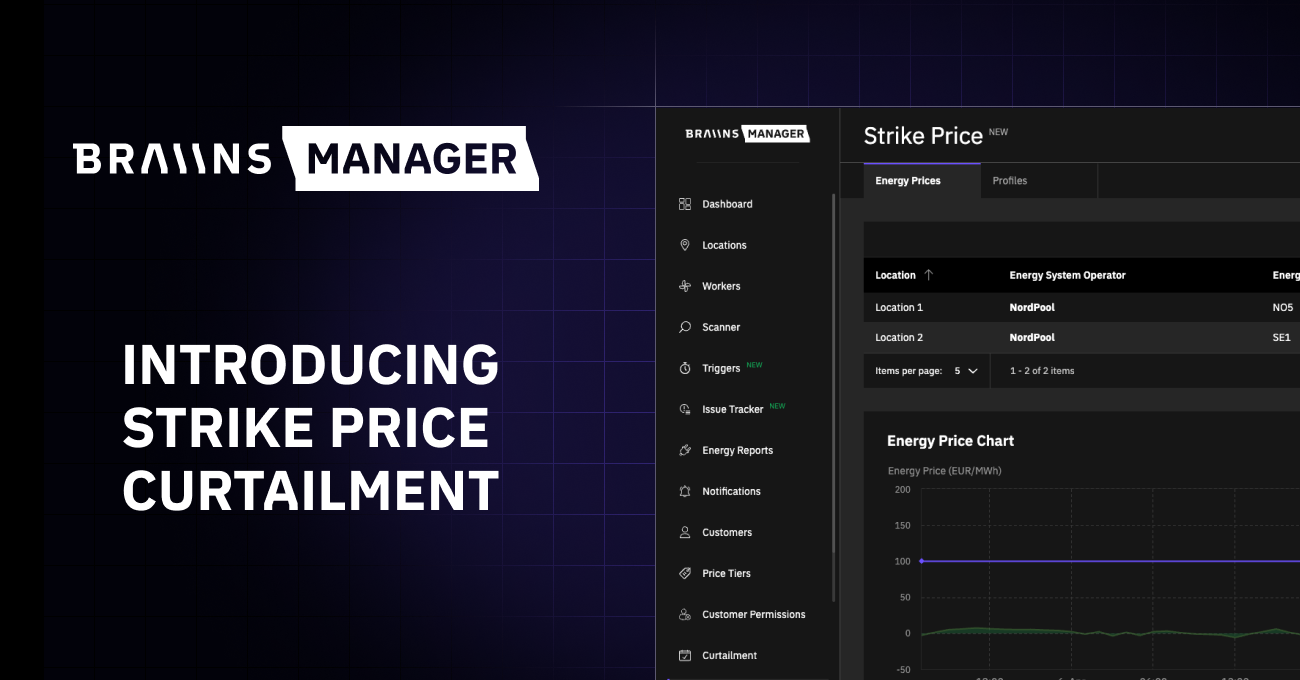
Published
22.7.2020
From the bitcoin heart of Europe to Global reach: This is the story of how Braiins came to be.

Table of Contents
Satoshi Nakamoto mined the first bitcoin in 2009 inscribing the day’s front-page headline from The Times
Just one year later in November 2010, Marek “Slush” Palantinus launched the world’s first publicly available bitcoin mining pool initially called “Bitcoin.cz Mining Pool”. As described on his Bitcointalk announcement, pooled mining provided stable income, worker monitoring, and advanced security. Slush pointed out some clear advantages and disadvantages to his idea:

In 2011, after years of IT experience in the banking and embedded industry, Jan Capek and Pavel Moravec began their own embedded software company - and so Braiins came to be. Around this time Slush met with Braiins to discuss bitcoin in 2011.
In 2012 running the mining pool alone became more challenging as Slush’s pool, and other bitcoin services, became a constant target of hackers - the pool lost thousands of bitcoin during the Linode hack. Slush realized that his once small pool project needed more brains to survive. As bitcoin mining shifted towards ASICs, our team at Braiins started considering entering the mining industry.
Jan and Pavel then decided to focus fully on bitcoin mining and eventually took over the development and operation of the mining pool, gaining the majority share in the project in 2013. Slush, now having more time on his hands, launched SatoshiLabs with Pavol Rusnak and Alena Vranova to focus on the Trezor project as well as other things.
[Read the SatoshiLabs Story here]
Over the next year, we focused on evolving the Braiins mining infrastructure. We professionalized the pool and introduced new features such as enhanced payouts, miner monitoring, and community voting.
We mined our 1 millionth bitcoin in 2015 and we’re proud to be the current record holders for the most bitcoin mined with over 1.3 million mined in early 2024.
In 2016, Bitcoin.cz Mining Pool officially rebranded to Slush Pool. That same year, we became the first pool operator to allow individual miners to vote on which version of bitcoin they support. After the contentious Bitcoin Cash hard fork in 2017, we decided to focused solely on bitcoin.
We soon developed Braiins OS, an alternative to the Antminer firmware. In 2018, our team at Braiins officially verified overt AsicBoost capability in Bitmain Antminer S9 models and published BIP 310 to enable version rolling in stratum protocol. AsicBoost was then made freely available to all miners in Braiins OS.
We didn’t stop there! In 2019, in cooperation with Matt Corallo, we prepared the specifications for Stratum V2 - the mining protocol that would enhance security, efficiency, flexibility, and decentralization of mining, as well as its first implementation in Braiins OS. Lastly, we finished the year by developing and launching BOSminer to replace the CGminer.
In 2020 we released an enterprise upgrade in our firmware bringing the autotuning feature, helping miners gain efficiency and more profits by the chip.

Additionally, we continued to work on improving mining decentralization through native Stratum V2 implementations and a Stratum V2 endpoint added to Slush Pool. This was also the year Braiins acquired the remaining stake in Slush Pool from Marek “Slush” Palatinus. We would like to thank Slush for the valuable contributions he’s made to the entire bitcoin community.
A year later, Braiins worked to upgrade Slush Pool to include flexible payout systems, customizable reward splitting, and an improved user experience. Bitmain Antminer S19s were deploying everywhere, and Braiins OS had to adapt. Support for the new hardware models on Braiins OS were built and released on the firmware.
In 2022, Braiins introduced Farm Proxy, which was the first tool on the market allowing miners to aggregate their hardware data working on any pool. The tool runs on-site, aggregates the hashrate, optimizes network connections, and easily achieves 95% savings on bandwidth.
Braiins also dedicated more time to education through published their first book, the Bitcoin Mining Handbook. Several other publications have been released since then and are available on Braiins Shop or for free PDF download.

In 2022 Braiins officially said goodbye to Slush Pool, renaming it Braiins Pool in an effort to unify their mining tools was under one umbrella.
2023 was another great year for Braiins, as they transitioned Braiins Pool to Full Pay Per Share (FPPS), model which follows the rule that every unit of work (share) delivered to the pool is guaranteed a mining reward.
This was also the year when Braiins released Toolbox, the best free software for batch miner management on the market. The aim is to provide a great user experience with Braiins OS at scale while also supporting manufacturer firmware for Antminers and Whatsminers.
As the calendar turned, Braiins continued to innovate. In February 2024, Braiins became the first mining pool to offer Lightning Network Payouts to miners, allowing users to consolidate UTXOs, avoid transaction fees, and skip payout waits.
Braiins is just getting started and users can look forward to the release of its Mini Miner and Braiins Manager ecosystem, allowing users to monitor hardware, invoices, and consumption from anywhere.
Bitcoin is the hardest money ever invented, and our mission is to continuously solve the biggest problems faced by bitcoin miners while keeping the ethos of bitcoin alive in the mining industry.
As we continue to innovate, make sure you don’t miss out by following us on our channels:
Read Privacy Policy.

26.6.2025

22.4.2025
Read Privacy Policy.